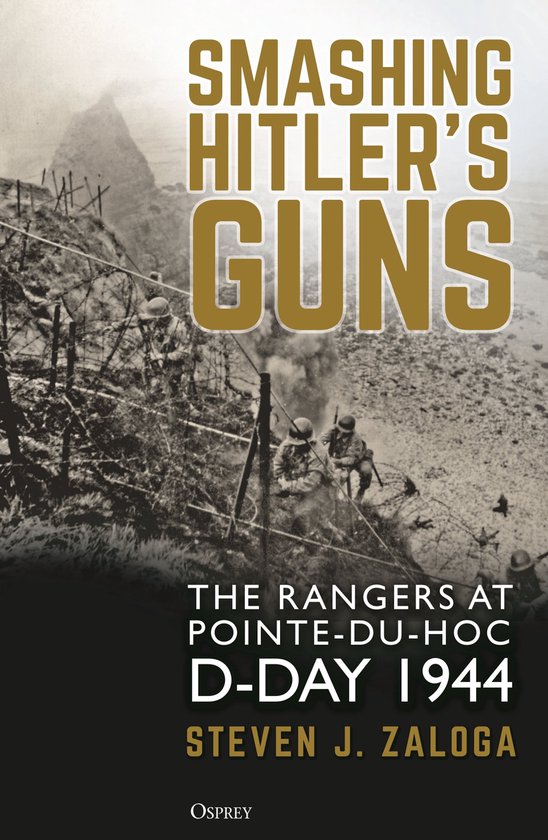
Air War D-Day Volume 3
This is the third volume of a comprehensive five part work, detailing every aspect of air and paratroop operations on the night of 5/6 June 1944. The 6th Airborne Division was to support British Second Army and First Canadian Army; it's task was to seize and hold the left flank of the bridgehead. The 5th Parachute Brigade was to seize the ground each side of the bridges over the Canal du Caen and the Orne River, whilst on the same day seize and hold positions on the long wooded ridge beyond the waterways, running from Troarn in the south to the sea. This ridge with the bridges behind would eventually form the critical left flank of the army and the bridges had to be intact to permit Allied troops and supplies to pass easily to and fro. The 3rd Parachute Brigade, which included the 1st Canadian Parachute Battalion (1,800 men) was to prevent enemy reinforcements moving towards the British beachhead. Another Battalion and the 1st Canadian Brigade had to destroy five bridges in the flooded valley of the Dives. The 9th Battalion had to silence a battery of four concrete gun emplacements on high ground near the village of Merville, 3 miles east of Ouistreham. For these tasks 38 and 46 Groups RAF dispatched 264 aircraft and 98 glider combinations, the glider tugs being Albemarles, Dakotas, Halifaxes and Stirlings, the gliders mainly Horsas with a few Hamilcars (carrying light tanks and 17-pounder anti-tank guns). Meanwhile, Brigadier Lord Lovat's 1st Special Service Brigade, composed of four Army and one Royal Marines Commando, reached Pegasus Bridge en route to help other units of the Airborne Division. Allied intelligence had pinpointed 73 fixed coastal gun batteries that could menace the invasion. At Pointe-du-Hoc, a cliff rising 100 feet high from a very rocky beach, a six-gun battery which potentially could engage ships at sea and fire directly onto 'Utah' and 'Omaha' was taken by three companies (225 men) of the US 2nd Ranger Battalion using rocket propelled grapple hooks attached to climbing ropes and portable extension ladders to scale the cliffs within ten minutes after landing and capture the position. This dynamic episode in the history of D-Day is expertly researched and relayed with both style and reverence for the aircrew who participated in proceedings. A plate section of rare black and white images supplement the text, working further to create a real sense of the times at hand at this most pivotal point in the history of D-Day.
| Auteur | | Martin W. Bowman |
| Taal | | Engels |
| Type | | Hardcover |
| Categorie | | Geschiedenis |





